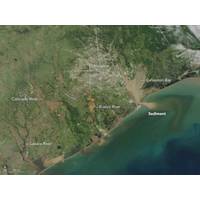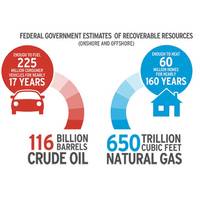
Yale Cordage Acquires Largest Test Bed in Eastern US
and non-destructive testing of synthetic rope, wire rope, shackles, chain and slings up to 1,300,000 pounds in tensile and a low-range capacity of up to 250,000 pounds. With a maximum test sample length of 116 feet with a 15 foot stroke, it is one of the largest and most capable test beds in the eastern United States.“We are very excited to bring this added test capability to Yale for our existing and future clients,” says Bill Putnam, President of Yale Cordage. “We're constantly striving to take the synthetic rope industry to new heights and test the limits of our engineering

How Does River Outflow Impact Coastal Sea Level?
ocean in coastal areas. According to the recent study, river outflow could play a role in sea level change as well.The study, published July 9 in the journal Proceedings of the National Academy of Sciences, examined decades’ worth of river level and tidal data from gauges installed throughout the eastern U.S. The researchers then combined that data with information on water density, salinity and the Earth’s rotation, creating a mathematical model that describes the link between river discharge and sea level on an annual basis.“The equation we derived lets us predict how much sea level

Scientists Uncover Explanation for Hidden Ocean Swell Interactions
for the first time, ocean engineers and scientists from MIT, the University of Minnesota at Duluth (UMD), and the Woods Hole Oceanographic Institution (WHOI) have accurately simulated the motion of internal tides along a shelf break called the Middle Atlantic Bight — a region off the coast of the eastern U.S. that stretches from Cape Cod in Massachusetts to Cape Hatteras in North Carolina. They found that the tides’ chaotic patterns there could be explained by two oceanic “structures”: the ocean front at the shelf break itself, and the Gulf Stream — a powerful Atlantic current

Chevron Urges USA to Seize Energy Opportunity
resources safely and responsibly. Only with the proper framework will the energy industry continue to invest in America—creating jobs, stimulating growth, increasing government revenues, and enhancing our energy and economic security now and in decades to come. As of now, nearly all of the eastern U.S. Gulf of Mexico, the entire Atlantic and Pacific coastlines, and the majority of offshore Alaska—more than 85 percent of the U.S. Outer Continental Shelf—remain off-limits to crude oil and natural gas exploration and development. Additionally, 60 percent of federal onshore lands

 December 2025
December 2025





